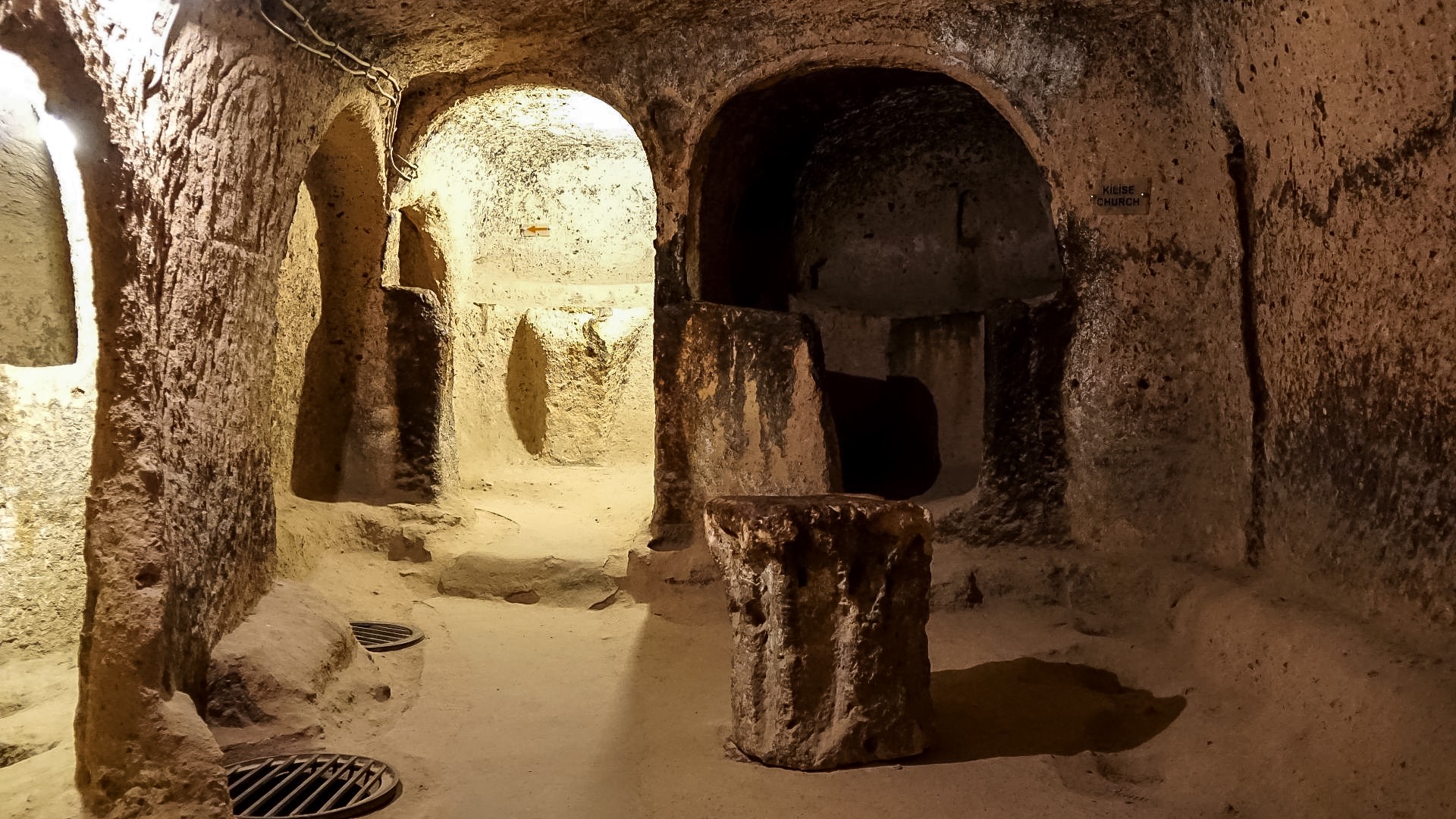That is how people lived around 1800 years ago in Kappadokia. Monks but as well people of the region were digging whole apartments into the tuff, which was there because of some volcano nearby.
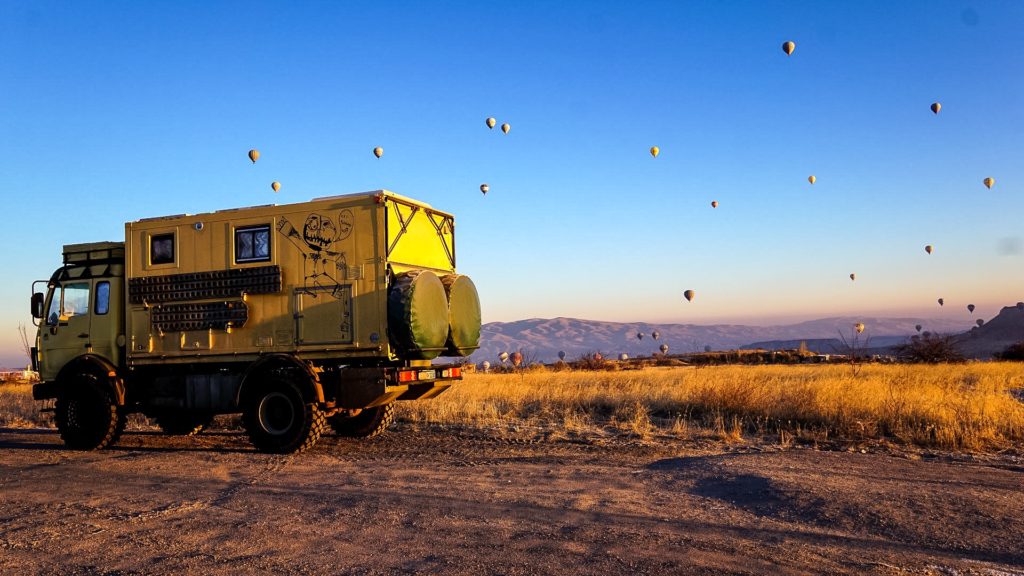
The caves, in which Christian monks have been living in, are absolutely impressive. In these simple rooms, which all together build a multifamily residence, many Christians found shelter. The “soft” rock made it possible to build rooms with not too much effort for many people. Even castle and churches have been built into the rock. Before the Christians, the people which were living there, already used to rock and built complete cities in the ground. As we were visiting the underground city of Kaymakli, where around 60'000 people found shelter, we saw that people lived there permanently. Water, waste water and ventilation systems, wine cellars, stables, big kitchens, mills and living rooms, all together on very small place. Absolutely impressive to visit a city like this and for tall people it is something you will feel in the back or on your head, as Johannes had to experience.
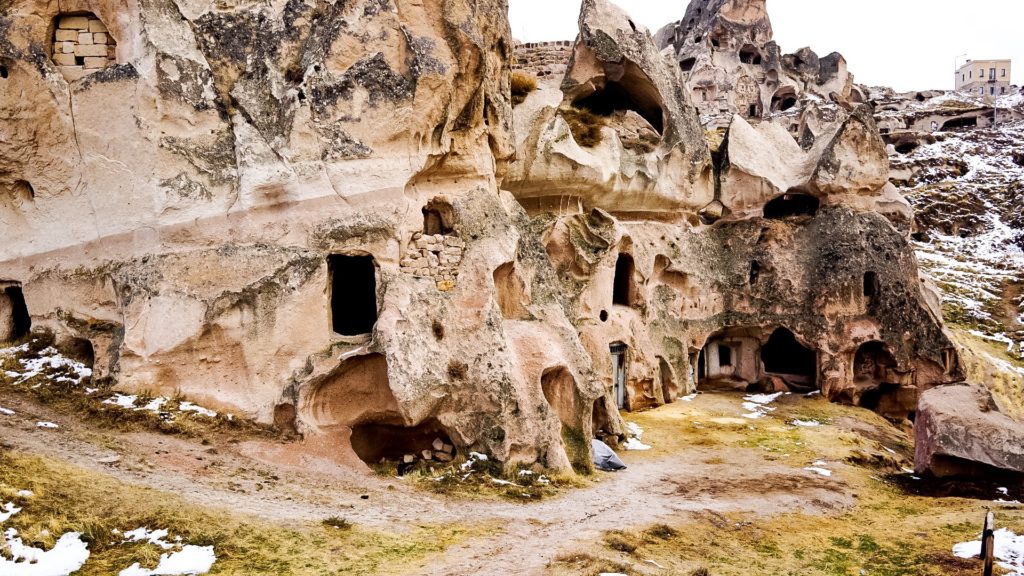
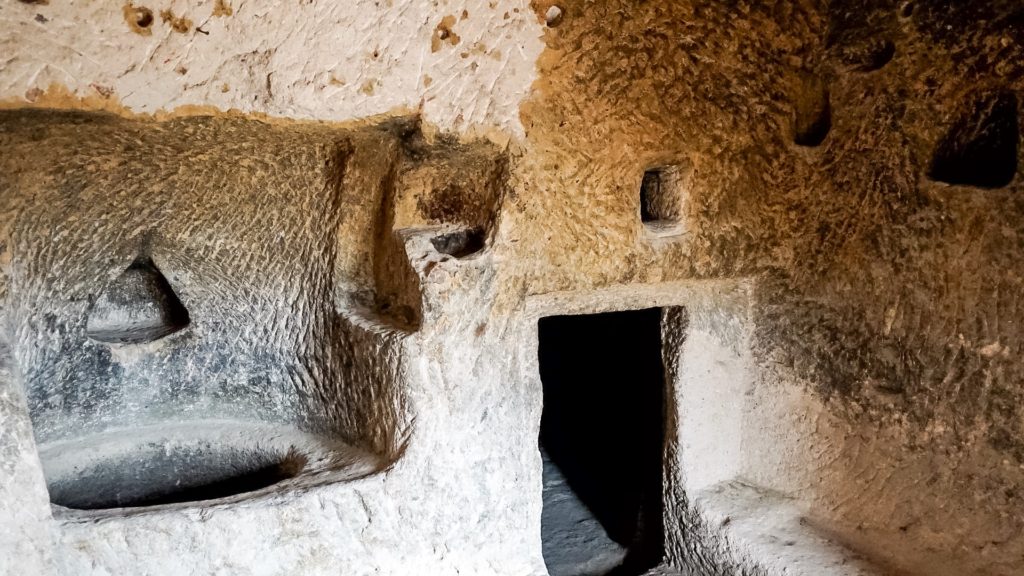
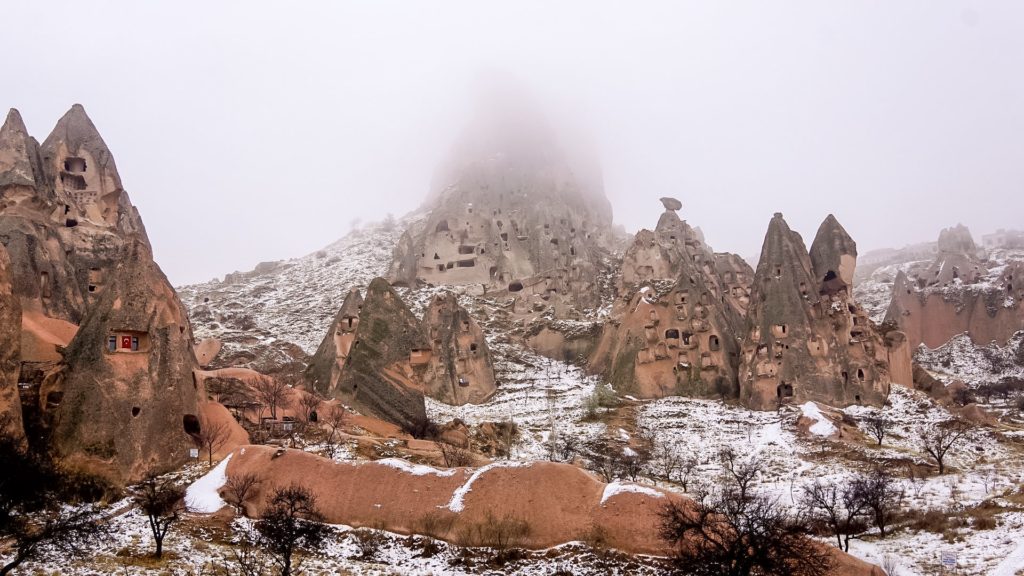
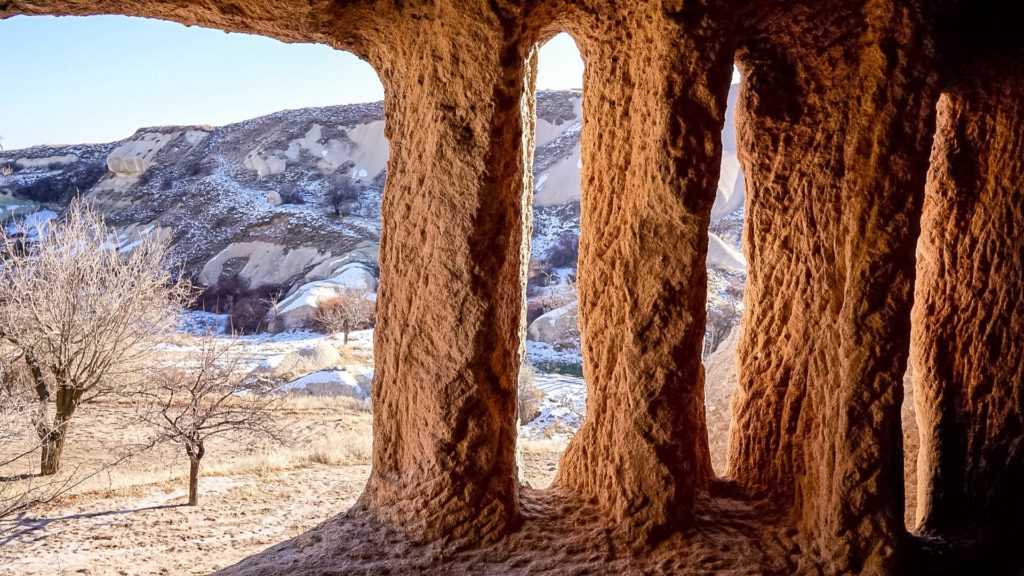
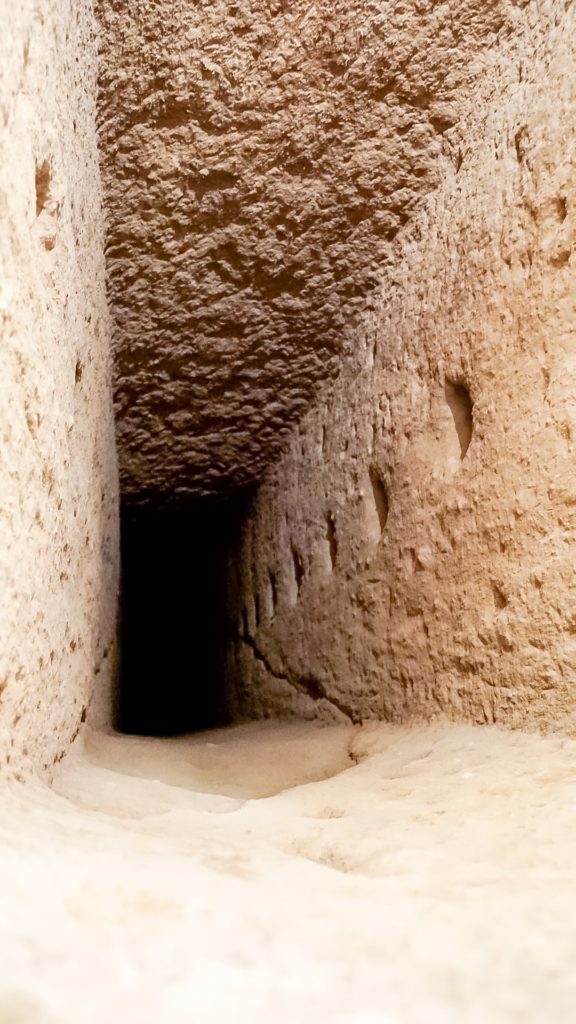
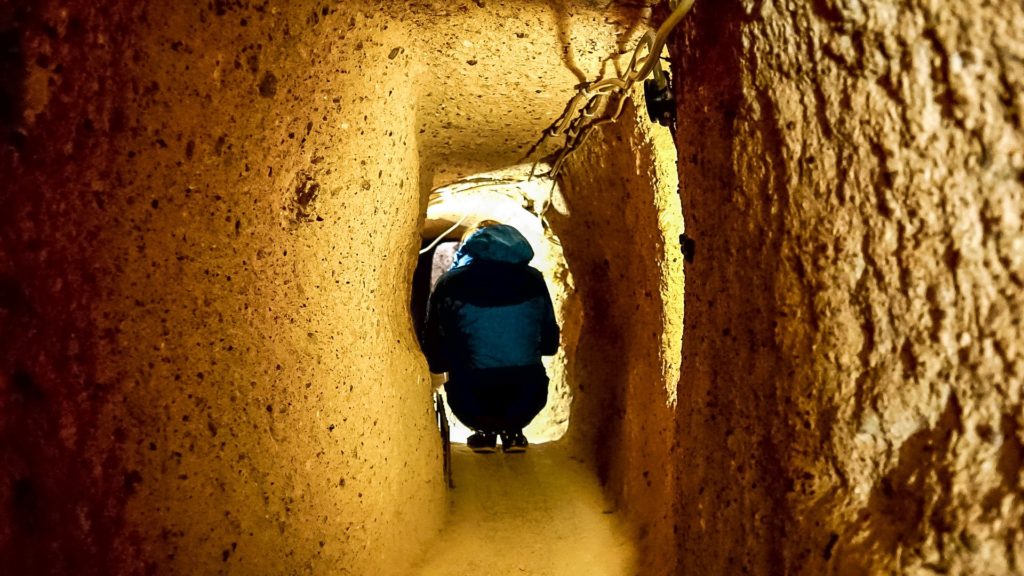
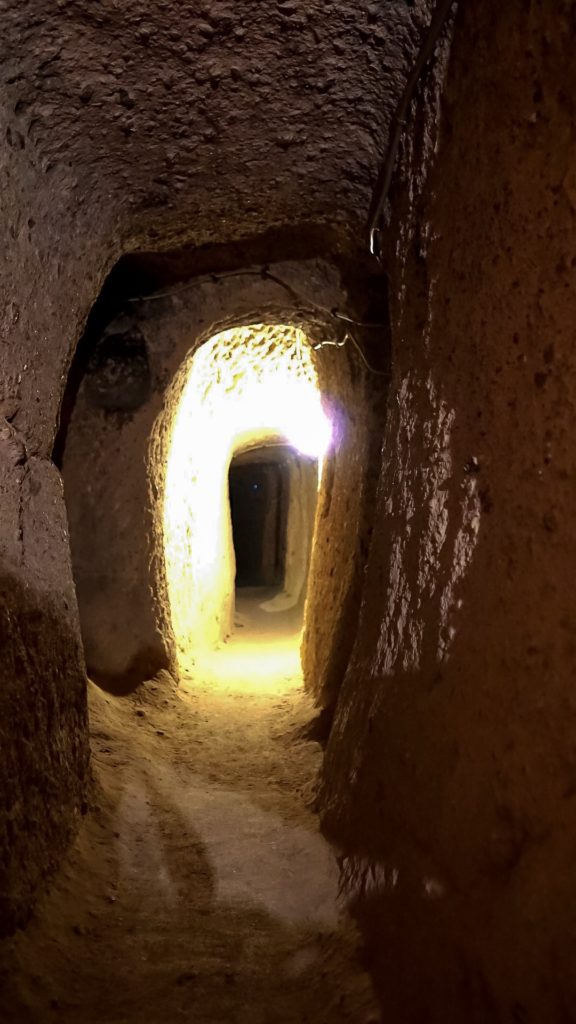
But not only the many caves and underground cities make this part of Anatolia interesting. The different way of erosion brings out shapes of the rock, which is a walk worth through the valleys. Another thing is the sunrise, if you are lucky, you get a chance to see many balloons flying through the valleys.
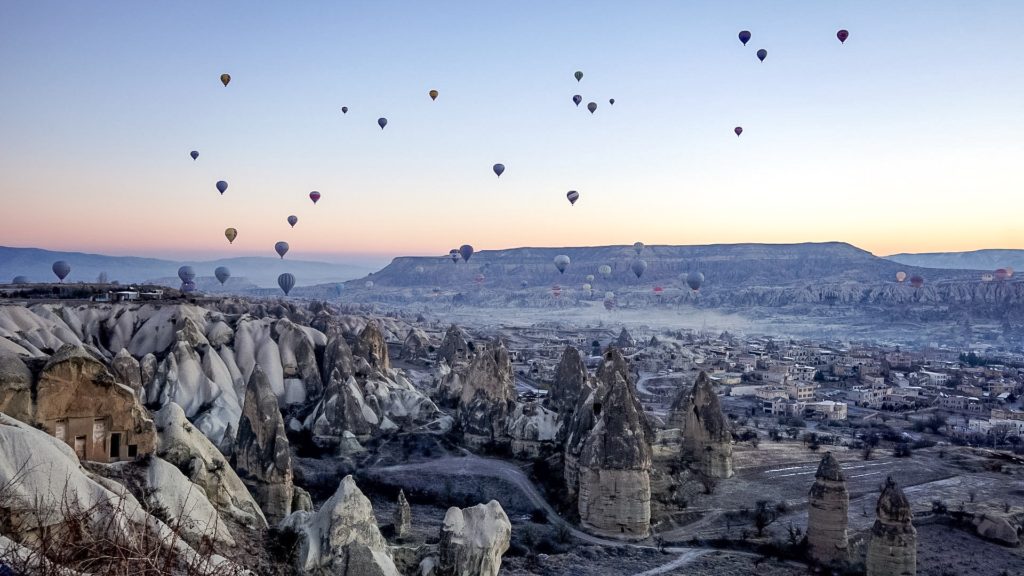
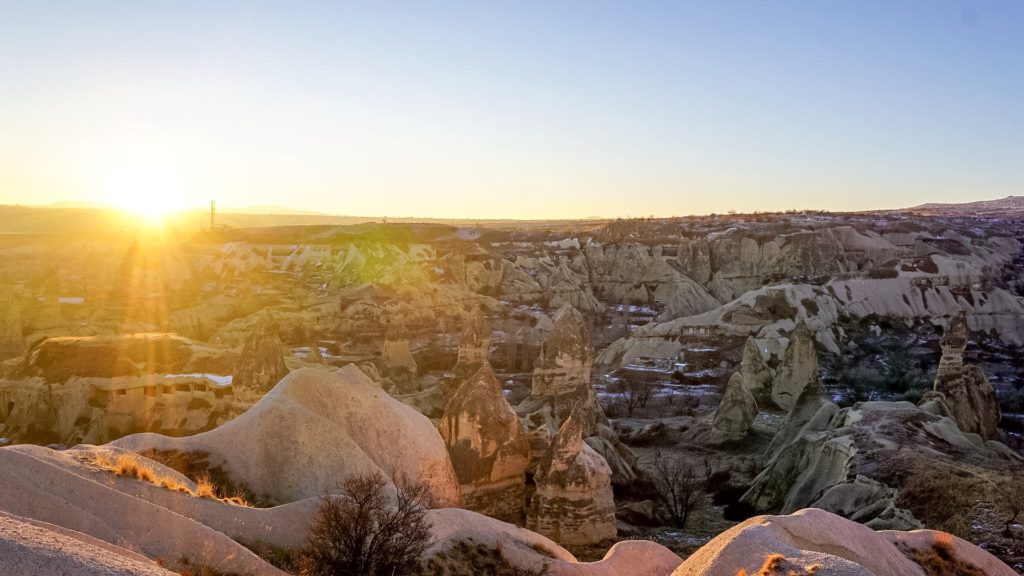
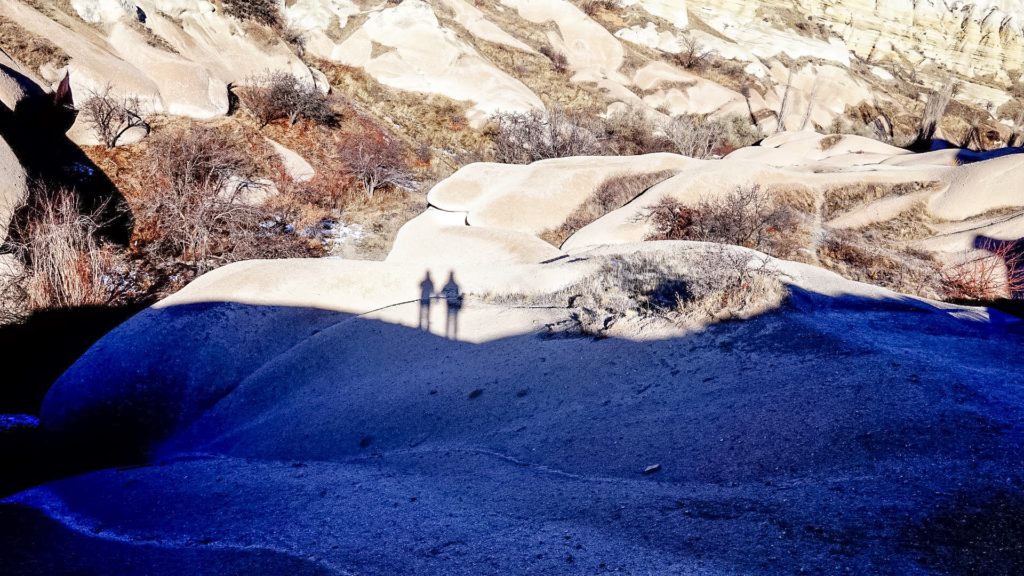
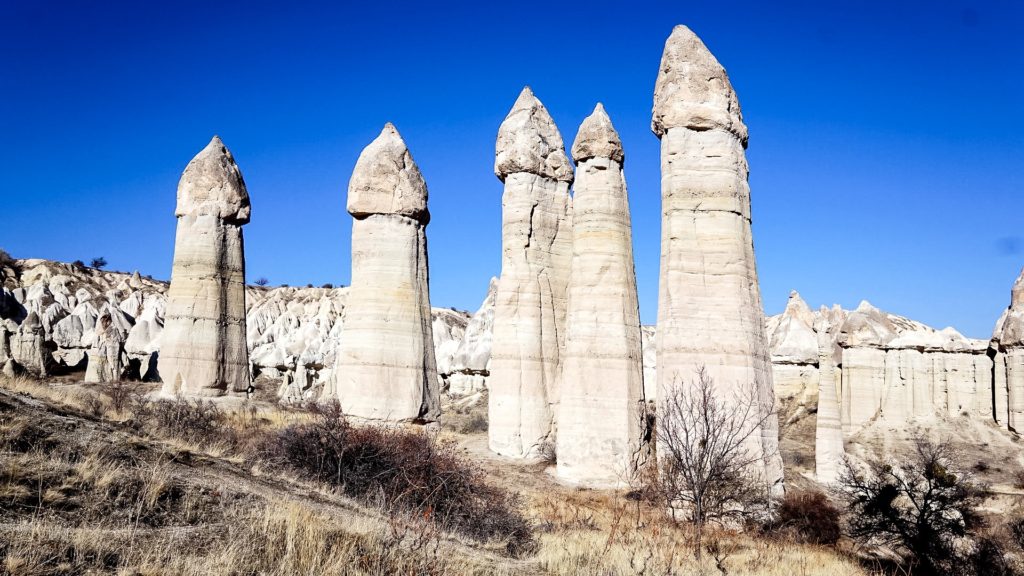
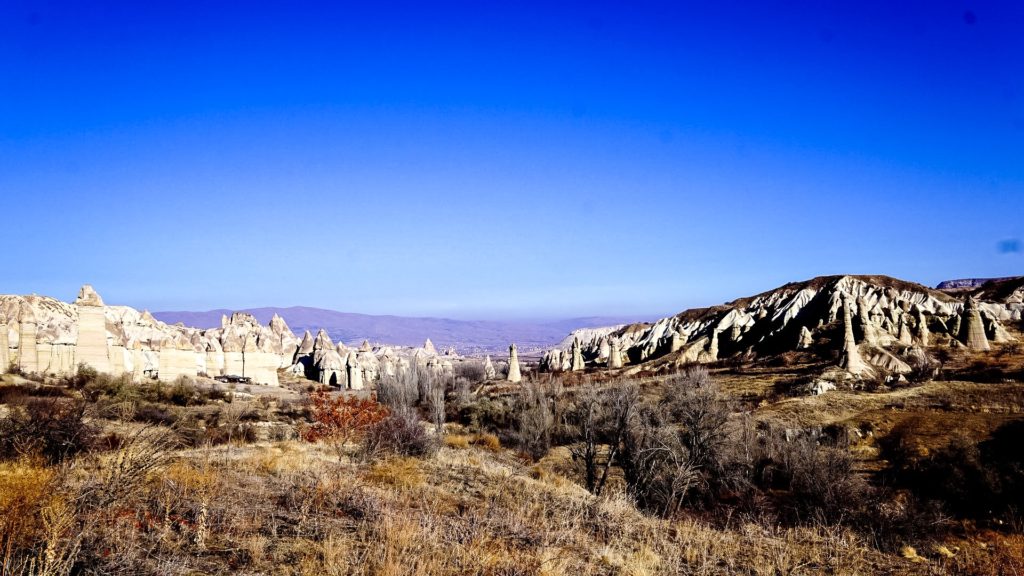
Despite all the praise, seen is been seen. And the other thing is all the tourists around, to which businessmen use to sell everything. But also it is a very important income for the local people. Even with minus degrees, they try to sell “local” souvenirs and it is possible to book quad tours, walking tours, offroad tours and more. It was a bit too much for us so we left the region after 3 nights. We are still happy that we visited Göreme and it has been pretty nice being here out of season.

